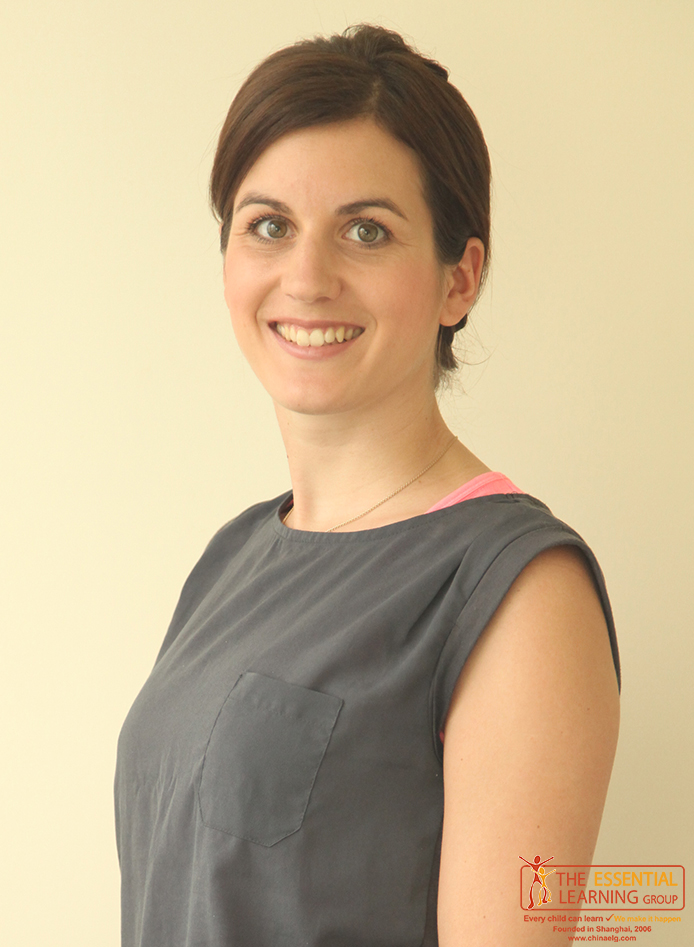By Albine Klawatsch, Occupational Therapist, Certified Dyslexia Trainer
Do you know children or teenagers who struggle with writing? They may:
- Struggle putting their thoughts on paper
- Have strong verbal skills but demonstrate difficulties in expressing their ideas in written assignments
- Become easily frustrated when writing essays or need a long time to finish their written homework
- Demonstrate major problems with spelling and handwriting
If any of these behaviors sound familiar, you may want to try ELG’s App of the Month.
Dragon Dictation is a voice-recognition program that helps children overcome writing challenges. This app enables users to create documents by using voice-dictation technology. So, it turns thoughts and ideas into written words, simply by dictation. This ensures that the child is not interrupted by focusing on spelling and the motoric part of handwriting. And the best part? Words are spelled correctly!
The Dragon Dictation app is quick to learn and easy to use:
- The design features a user-friendly interface.
- No enrollment is needed (process to adapt software to your voice).
- No preparation time is required to activate a computer and set up the program.
- Computer skills are not required.
- Good accuracy of detecting words.
Consider holding a short training session with the child to introduce the program and answer questions. Here are a few tips for effectively using the Dragon Dictation app:
- For good accuracy, the speech needs to be delivered clearly and confidently without stuttering. I often use planning tools like a mind-map in advance for organizing what to say.
- Sometimes word misrecognitions happen. Especially with my Austrian accent, some extraordinary, crazy words pop out (e.g. because – bee coast, dog pants – dog friend´s). But it´s a fun way to practice spelling and evaluate the results together with the child.
- It can be difficult to spot typing errors as many words look similar (e.g. there – here, norm – nor) and the “spell check” tool doesn´t point out the misrecognized words either. A feature that reads back the transcript text aloud would be helpful, but is missing in this app.
In conclusion, please note that this technology cannot replace a targeted dyslexia intervention but could enrich a support program or provide a great coping strategy. Every child with dyslexia is different and therefore this app may help some students but others may have difficulties with dictation, text correction, clear speech or word retrieval.
The free app is currently available in English, Simplified Chinese, Traditional Chinese, Arabic, Catalan, Croatian, Czech, Danish, Dutch, Finnish, French, German, Greek, Hebrew, Hungarian, Indonesian, Italian, Japanese, Korean, Malay, Norwegian, Polish, Portuguese, Romanian, Russian, Slovak, Spanish, Swedish, Thai, Turkish, Ukrainian, and Vietnamese.
Click here to download for iOS.
Albine Klawatsch, M.Sc
Occupational Therapist, Certified Dyslexia Trainer
Albine is an Occupational Therapist at The Essential Learning Group, working in different cities around Shanghai. She has extensive experience in the field of neuro-pediatrics, in particular cerebral palsy. She has also treated children with mild to severe developmental delays.


